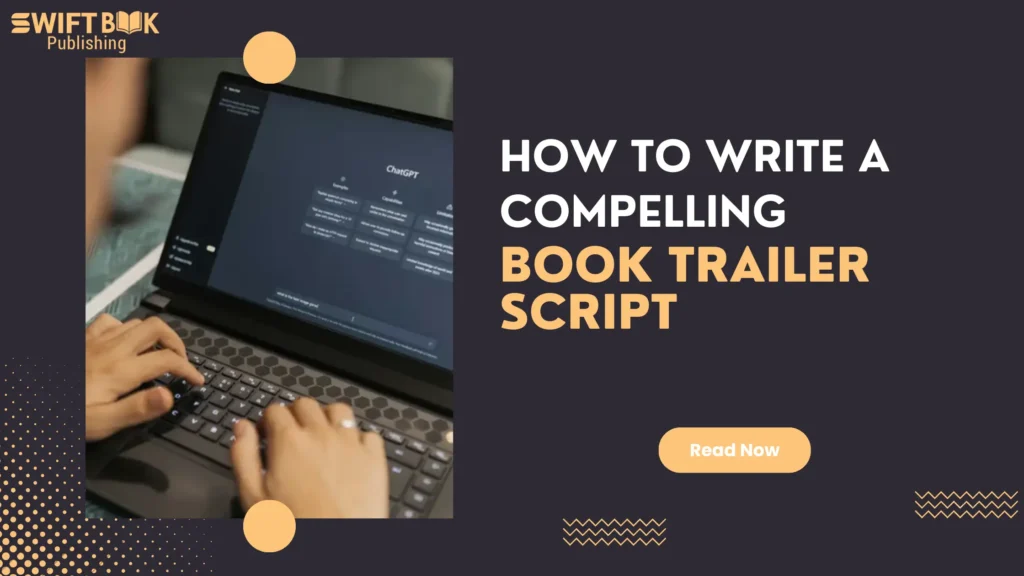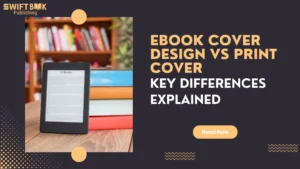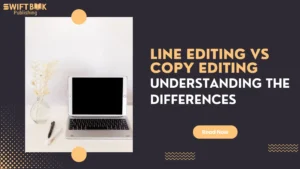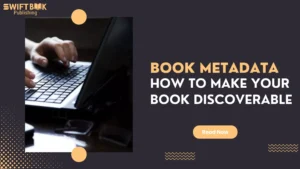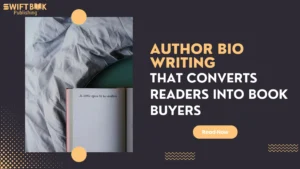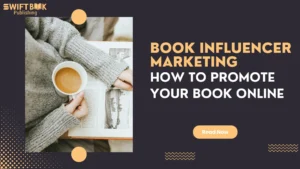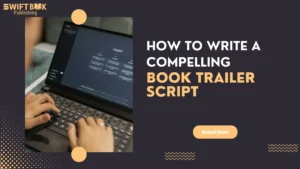In a world where attention spans are shorter than a TikTok dance, grabbing a reader’s eye takes more than just a pretty book cover. Enter the book trailer script, your story’s movie-style teaser. It’s short, snappy, and if done right, unforgettable.
Whether you’re self-publishing or going the traditional route, trailers are becoming a must-have in your marketing kit. And no, you don’t need to be Spielberg to pull one off. You just need a clear plan, strong messaging, and a tone that fits your book and audience.
Here’s how to nail it, from that first idea to a polished script ready for production (or to hand off to professional book trailer services).
Step 1: Know What You’re Selling
Before you start writing anything, you need to know what your book is really about. And no, “It’s a fantasy about dragons and destiny” isn’t enough. Ask yourself:
- What emotion do I want to leave the viewer with?
- Who’s the target audience?
- What genre rules am I playing by, or breaking?
This part sets the tone for the rest of the trailer, just like choosing the right book formats for genres. Knowing your category helps you craft the right pitch. A horror book trailer will sound and feel very different from a children’s story.
Step 2: Start with a Hook
The opening few seconds matter most. You’ve got about 5–10 seconds to grab attention before viewers scroll away.
Try starting with:
- A gripping line from your book
- A thought-provoking question
- A dramatic statement that sets the tone
If you’re writing a thriller, start with tension. If it’s romance, go for emotion if it’s non-fiction, open with a compelling problem or stat, especially if you’ve gone through fact-checking non-fiction books and want to showcase real-world value.
Step 3: Focus on Story, Not Summary
A book trailer isn’t a blurb or back cover copy. It’s a feeling, an invitation. So don’t try to cram your whole plot in there. Instead, focus on one central idea, mystery, conflict, or transformation, and build around that.
If you’ve already gone through working with a book editor, pull from the core themes they helped you identify. Highlight what makes your story yours.
For children’s books, think about how you’d collaborate with children’s book illustrators to bring certain characters or scenes to life visually. Keep the messaging simple but impactful.
Step 4: Keep It Short and Scripted
The sweet spot? 30–90 seconds. Aim for about 100–150 words in your script. That’s it.
Here’s a simple structure you can follow:
- Hook – Start with a killer line
- Setup – Introduce the world or problem
- Tease – Hint at the twist or tension
- CTA – Close with a clear call-to-action (“Available now,” “Read today,” etc.)
Keep your sentences short and punchy, think line editing vs copy editing principles here. Make every word count.
Step 5: Match the Voice to the Genre
Your narration (or on-screen text) needs to fit the tone of your book. If you’re planning to pair it with audiobook narration styles, consider using the same voice actor. It builds consistency across formats.
Don’t go dramatic if your book is light-hearted. And don’t underplay the stakes if you’re writing high-stakes fantasy or true crime. If you’ve done author bio writing or book influencer marketing before, follow the same branding voice here.
Step 6: Revise, Then Revise Again
Like any writing, your first draft probably won’t be the best. Read it out loud. Does it sound natural? Does it flow? Does it build interest instead of giving everything away?
If you’ve worked with pros through book editing services, consider asking them for feedback on your script, too. And if you’re teaming up with a book trailer services provider, they’ll often refine the script as part of the package.
Step 7: Plan for Visuals and Sound
Your script isn’t just text. It sets the stage for what viewers will see and hear.
Think about:
- Background music (emotional, suspenseful, quirky?)
- Visuals (live action, animation, text slides?)
- Text overlays and pacing
- Potential use of artwork (especially for illustrated books)
- Branding elements like your ebook cover design vs print cover
This is also a good time to plan how you’ll use your trailer. Will you add it to your Swift page? Use it in a launch campaign? Include it in the author platform building assets?
If you’re publishing independently, don’t forget details like book metadata, file specs, and even ISBN and barcodes for books if you’re distributing through video platforms or embedding in digital bundles.
Step 8: Repurpose Your Script
Once your trailer’s done, don’t let it sit idle. A good book trailer script can be repurposed book content for all sorts of things:
- Short teaser clips for social media
- Audio snippets for podcasts
- Voiceover intros for interviews or events
- Promo posts for TikTok, Instagram, or YouTube Shorts
Treat your script like your book. It’s not one-and-done. Use it across your full marketing strategy.
Step 9: Track and Test
Once you launch the trailer, pay attention to how people respond. Are they watching to the end? Clicking through to buy the book? Sharing it?
Use this feedback to tweak your messaging for future promotions, influencer outreach, or even how you pitch in author interviews. If you’re working with influencers through book influencer marketing, a solid trailer can do half the talking for you.
Conclusion
Writing a standout book trailer script doesn’t take a background in film. It takes clarity, purpose, and a little creativity. Start with a strong hook, build emotion, and end with a call-to-action that makes readers want more.
And if you’re feeling stuck or want to hand it off to the pros, don’t be afraid to explore book trailer services that know how to bring stories to life.
Want to make sure your trailer script matches the rest of your brand? Check out our post on author bio writing for more tips on building a consistent author identity.
